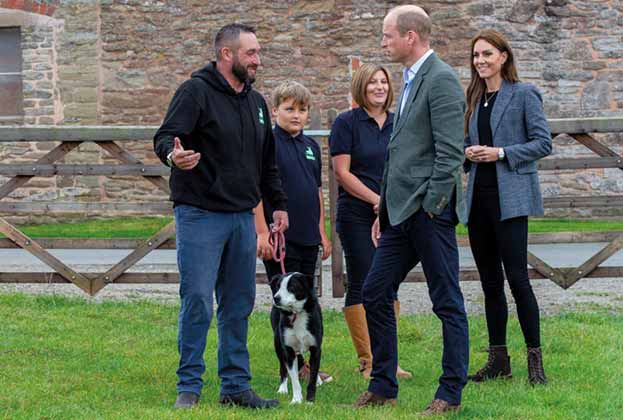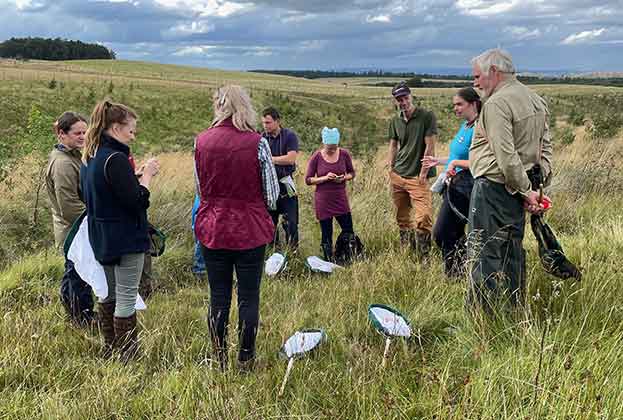Identifying and analysing all the various activities that take place on an estate or farm is an essential first step
A rural estate or farm wishing to further understand its impact and improve its social value will benefit from identifying the associated stakeholders through the Savills four pillars of people model (see figure 1 on previous page). To further understand the impact of the estate or farm’s actions on its stakeholders, it is important for landowners and managers to undertake an activity mapping exercise.
Activity mapping provides a quick and feasible way to identify which current activities might be generating a positive or negative impact for social value and which can serve as a basis for planning the expansion of these impacts in the future.
As businesses strive to make decisions that optimise social value, it makes sense to compare the expected impact to any intended changes to a baseline
Katie Stein, Senior Rural Researcher, Rural Research
Figure 2 provides an illustrative example of what activity mapping for social value could look like. First, begin by listing all the activities taking place across the estate and select which impacts are most relevant.
The circles then indicate the likely impact of those activities, with the colours signifying whether the impact is positive or negative. The size of the circle indicates the magnitude of that impact.
As businesses strive to make decisions that optimise social value, it makes sense to compare the expected impact to any intended changes to a baseline. Data such as the number of homes provided (old and new), employment figures from businesses on the estate, metrics of public access (kilometres of footpaths and bridleways), provision of community facilities such as play areas and village halls can be gathered.
The baseline represents the “as-is” scenario and serves as a benchmark, helping to gauge the extent of actions required to achieve the desired outcomes. The baseline is a comparative tool that can help discussions around difficult trade-offs and enable progress to be monitored. In the first instance, the baseline should consider a qualitative assessment of the impact of each of the different activities that have been mapped.
Read the articles within Spotlight: Social value in a rural context below.
.jpg)


